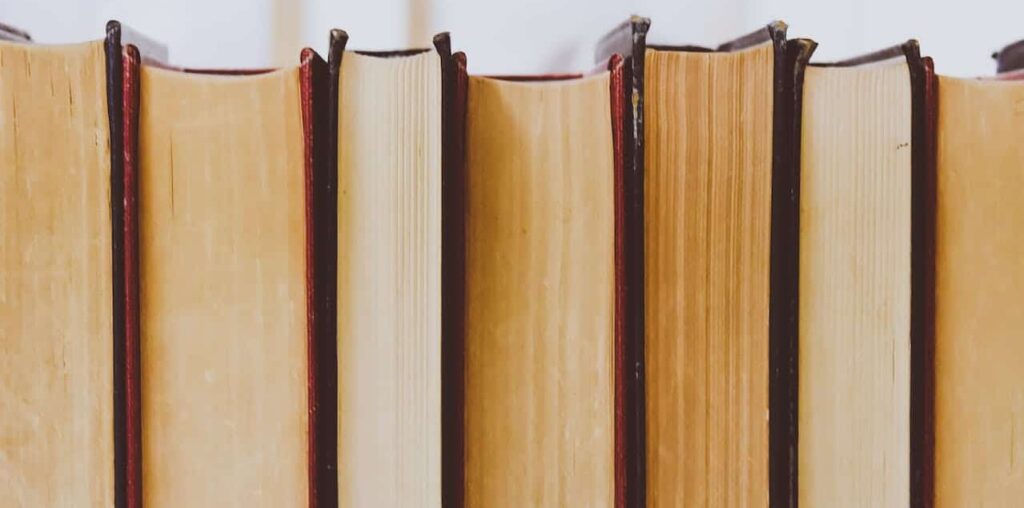Banned books have always been a source of controversy, sparking debates about freedom of expression, censorship, and the power of literature to challenge societal norms. In recent history, several noteworthy books have faced bans, igniting discussions on the boundaries of artistic expression and the right to access information.
Books often become the target of bans due to a myriad of reasons, rooted in cultural, religious, political, or social concerns. One primary motivation for banning books is the fear that certain content might be deemed offensive, inappropriate, or challenging to societal norms. This includes explicit language, violence, or discussions of controversial topics such as race, religion, or sexuality. Additionally, some books face bans due to perceived threats to religious or ideological beliefs, as seen in the case of Salman Rushdie’s “The Satanic Verses.” Governments, educational institutions, or religious authorities may seek to suppress books that challenge their authority or raise uncomfortable questions. Book banning is often carried out through legal means, such as government-imposed restrictions, or through more informal channels, like challenges in schools or libraries. Ultimately, the reasons behind book bans reflect conflicts between societal values, individual sensitivities, and defining the boundaries of acceptable discourse.
This blog post will delve into six such examples of banned books that have left an indelible mark on the literary landscape.
Banned Book #1: “To Kill a Mockingbird” by Harper Lee
The classic American novel “To Kill a Mockingbird” has not been immune to the challenges posed by censorship. Published in 1960, Harper Lee’s masterpiece explores racial injustice in the American South during the 1930s. Praise and criticism have surrounded the novel for its profound social commentary and its use of racial slurs. Over the years, various school districts have challenged ‘To Kill a Mockingbird’ for its controversial content, with some arguing for a ban due to its uncomfortable portrayal of racism. However, defenders of the novel emphasize its historical context and the importance of confronting uncomfortable truths.
Banned Book #2: “The Catcher in the Rye” by J.D. Salinger
J.D. Salinger’s “The Catcher in the Rye” is another iconic work that has found itself on the banned books list. Published in 1951, the novel follows the rebellious and disenchanted teenager Holden Caulfield as he navigates the challenges of adolescence. Its explicit language and themes of teenage angst have led to the book’s censorship in numerous schools and libraries. Critics argue that the novel’s portrayal of rebellion and nonconformity may be detrimental to young readers, while proponents argue that it provides an authentic and relatable portrayal of the struggles faced by adolescents.
Banned Book #3: “1984” by George Orwell
George Orwell published his dystopian masterpiece ‘1984’ in 1949, and various countries have banned it for critiquing totalitarianism and exploring the dangers of unchecked government power. The novel paints a chilling vision of a society under constant surveillance, suppressing individual thought with a repressive regime. The banning of “1984” often revolves around concerns about its political implications and the potential for the novel to inspire dissent against oppressive governments. The paradox of banning a book that warns against censorship only serves to highlight the novel’s enduring relevance.
Banned Book #4: “Brave New World” by Aldous Huxley
Aldous Huxley’s “Brave New World” is another dystopian classic that has faced its share of challenges. Published in 1932, the novel envisions a future society where technological advancements and genetic engineering control every aspect of human life. “Brave New World” has been banned for its explicit sexual content and critique of societal norms. The novel delves into themes of conformity and consumerism, making it a target for those finding its content objectionable. The loss of individuality adds to the objections. Despite the bans, the novel remains a thought-provoking exploration of the potential consequences of a technologically driven society.
Banned Book #5: “The Satanic Verses” by Salman Rushdie
Salman Rushdie’s “The Satanic Verses” sparked one of the most significant literary controversies in recent memory. Published in 1988, the novel faced bans in multiple countries. In Iran, the Supreme Leader issued a fatwa, calling for Rushdie’s assassination due to perceived blasphemy against Islam. The novel weaves a complex narrative that intertwines religious allegory and magical realism. The banning of ‘The Satanic Verses’ ignited a global conversation on the clash between freedom of expression and religious sensitivity. It underscored challenges faced by authors pushing the boundaries of conventional discourse.
Banned Book #6: “Harry Potter” series by J.K. Rowling
J.K. Rowling’s “Harry Potter” series, beloved by millions of readers worldwide, has also found itself on the banned books list. The series follows the young wizard Harry Potter and friends, consisting of seven novels, challenged for alleged promotion of witchcraft. Some conservative groups and religious organizations have argued that the books could influence young readers negatively. Despite controversies, educators and parents praise the series for themes like friendship, courage, and triumph over evil. The ban on ‘Harry Potter’ reflects ongoing tension between diverse values and literature’s role in shaping young minds.
The history of banned books illustrates literature’s power in challenging norms and sparking discussions on freedom. Examples, such as ‘To Kill a Mockingbird’ and ‘Harry Potter,’ reveal various ban reasons. These range from racial sensitivity to fears of witchcraft, emphasizing the ongoing dialogue about artistic freedom and societal values. Controversies highlight the need for open discussions on literature, censorship, and the evolving landscape of free expression. In our quest for a deeper understanding, let’s celebrate literature’s power, even when it challenges us with uncomfortable truths.
Join Crokes, a book community designed with your privacy in mind. We don’t track or store personal data, allowing you to express yourself freely. Your content stays on the platform for only 30 days. Sign up in just 30 seconds and be part of a community made for you!


Hey, we like this post! Nice discussion of banned books. Hope to read more blogs soon.
Nice Share!